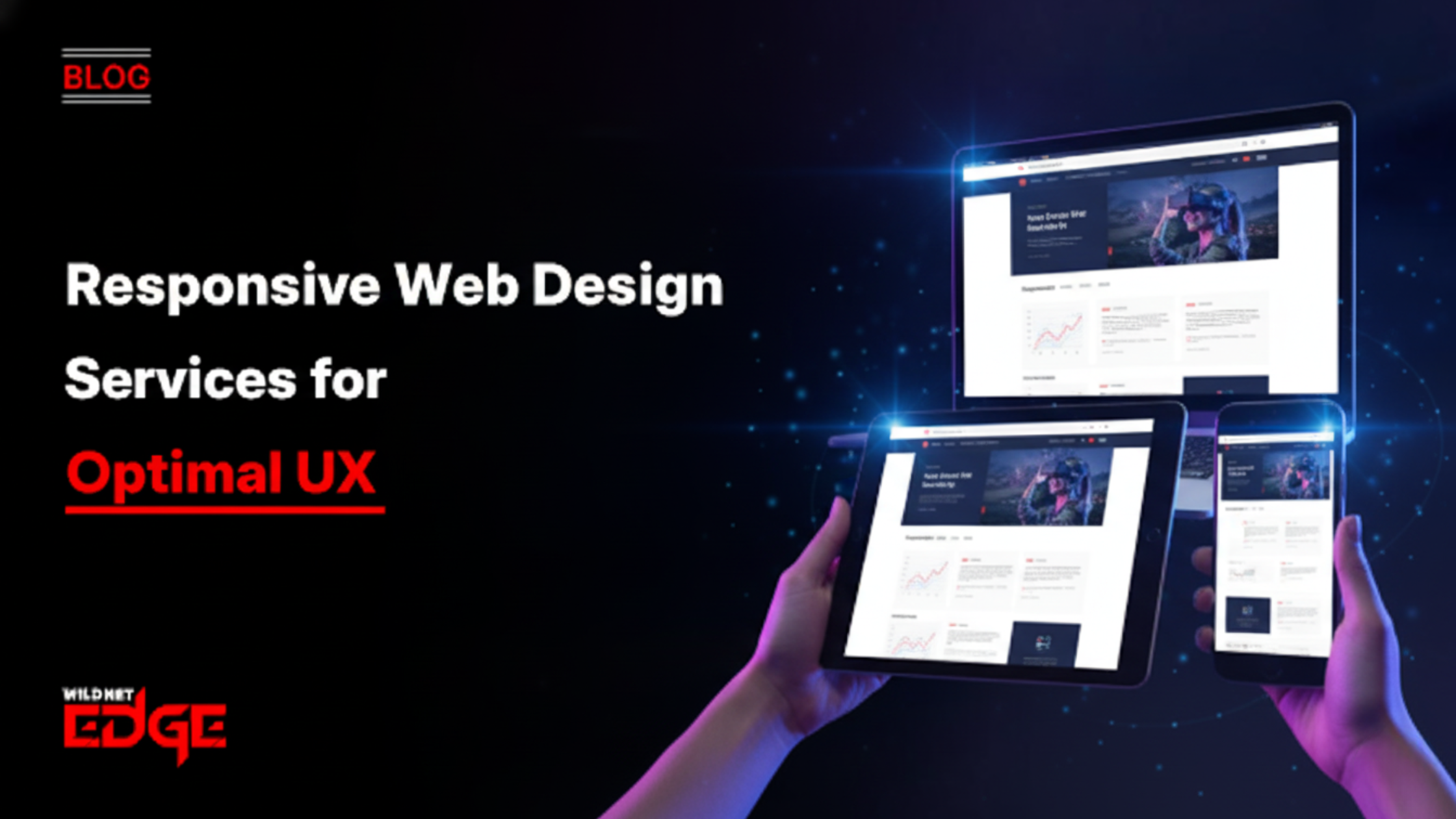In today’s digital landscape, where data breaches and cyber threats are on the rise, the need for an effective vulnerability management program has never been more pressing. Organizations are grappling with increasing vulnerabilities inherent in their digital environments—from outdated software systems to unpatched applications. Are you confident in the effectiveness of your current program? Do you understand its return on investment (ROI) and the key performance indicators (KPIs) that gauge its success?
A well-structured vulnerability management program systematically identifies, evaluates, and addresses security weaknesses before they can be exploited. Understanding the ROI and KPIs of your program is crucial for enhancing its efficacy and ensuring the safety of your digital assets. In this article, we will explore the essential KPIs and ROI models for vulnerability management programs, providing actionable insights to improve your security posture.
Key KPIs for Your Vulnerability Management Program
Understanding Risk Assessment in Your Program
Risk assessment metrics serve as the backbone of any effective vulnerability management program. They help organizations identify the potential impact of vulnerabilities on their systems and operations. Here are some key metrics to consider:
- Vulnerability Frequency: Track how often vulnerabilities are identified within your systems. Regular assessments can help you understand trends and develop strategies for addressing common issues.
- Criticality of Vulnerabilities: Not all vulnerabilities pose the same risk. Classifying them by impact and exploitability helps prioritize your response efforts. Utilizing the Common Vulnerability Scoring System (CVSS) can aid in these assessments.
By comprehensively analyzing risk, organizations can create a targeted approach to mitigation. Data has shown that software development companies adopting thorough risk assessments see a 30% decrease in critical incidents over a year.
Measuring Incident Response Efficiency
Another crucial KPI is the efficiency of your incident response. This metric examines how quickly your security team identifies, contains, and resolves vulnerabilities. Key indicators include:
- Time to Detect Vulnerabilities (TTD): This measures how long it takes for your team to discover a vulnerability after it is introduced.
- Time to Resolve Vulnerabilities (TTR): This metric tracks the time taken from vulnerability identification to resolution.
For software development companies, having efficient incident response processes can significantly enhance productivity and trust. For instance, companies that improved their TTR by optimizing workflows reported a 25% reduction in overall remediation costs.
Importance of Vulnerability Management Program Migration
Transitioning to Modern Solutions
As threats evolve, so must your vulnerability management program. Migration to modern solutions is essential for keeping pace with the rapidly changing cybersecurity landscape. This involves adopting updated tools and technologies, which can be difficult due to legacy systems and employee resistance.
To effectively migrate, consider strategies such as:
- Pilot Testing: Start small by rolling out new tools in specific departments before organization-wide implementation.
- Staff Training: Equip your team with the necessary skills to operate new technologies effectively.
Many organizations that successfully migrate to modern solutions report enhanced detection rates and a substantial drop in remediation times.
Evaluating Costs of Migration
When considering a migration strategy, it’s critical to differentiate between upfront costs and long-term savings. While initial investments may seem substantial, the long-term advantages—such as improved security posture, reduced likelihood of breaches, and decreased mitigation costs—often outweigh these expenses.
According to a 2025 study, organizations that invested in a robust vulnerability management program saw a 40% reduction in cybersecurity incidents and a corresponding decrease in recovery costs, which highlighted the financial benefits of modernization.
Modernization Strategies for Vulnerability Management Programs
Role of Automation in Modern Programs
Automation is reshaping vulnerability management programs, increasing efficiency and reliability in identifying and addressing vulnerabilities. Tools like automated scanning platforms can continuously monitor systems and generate alerts for potential threats.
For example, mobile app development companies that implemented automated vulnerability scanning reported a 50% reduction in manual review times. This allowed teams to focus on more complex vulnerabilities and enhance overall application security.
Implementing automation also frees human resources for strategic decision-making rather than routine tasks, leading to more proactivity in vulnerability management efforts.
Integrating AI for Enhanced Protection
Artificial intelligence (AI) is playing an increasingly vital role in vulnerability management by augmenting traditional methods of detection and response. AI algorithms can analyze patterns in data, predict potential vulnerabilities, and recommend remediation measures with minimal human intervention.
Case studies from late 2025 indicate that companies utilizing AI-driven tools in their vulnerability management programs reported an astonishing 70% reduction in false-positive alerts. This accuracy allows teams to prioritize genuine threats without wasting resources on non-critical issues.
AI not only streamlines the identification process but also enhances overall security by evolving with the threat landscape, making it a critical component of any modernization strategy.
ROI Analysis for Vulnerability Management Program
What Constitutes ROI in Cybersecurity Programs?
Defining ROI for a vulnerability management program requires looking at both qualitative and quantitative benefits. On the quantitative side, consider the reduced costs associated with data breaches, incident response, and long-term security improvements.
Qualitatively, improved customer trust, regulatory compliance, and brand reputation also contribute to overall ROI. Metrics to examine include:
- Cost Savings from Breach Prevention: Calculate the financial impact of avoided incidents.
- Operational Efficiency Gains: Measure how much time and resources are saved through effective vulnerability management.
By calculating both angles of ROI, organizations can present a more comprehensive picture of their program’s value.
Tools for Measuring ROI Effectiveness
Utilizing specific tools to measure and report ROI can streamline this process. Consider employing:
- Security Information and Event Management (SIEM) Tools: These solutions aggregate and analyze security data, enabling you to trace vulnerabilities and their impact on the bottom line seamlessly.
- Risk Management Dashboards: These tools provide real-time insights into your program’s performance and its financial implications.
For software development companies, employing these tools facilitates continuous assessment and ensures that their systems remain resilient against emerging threats.
Common Challenges in Vulnerability Management Programs
Addressing Skills Gap in Teams
One of the main challenges faced by vulnerability management programs is the skills gap within teams. Cybersecurity roles require specialized training and experience that many organizations struggle to find. This can lead to inefficient vulnerability management processes and increased risks.
To address this, companies should:
- Invest in Training Programs: Regularly train existing employees on the latest vulnerabilities and patch management techniques.
- Partner with Educational Institutions: Collaborate with universities or specialized training organizations to create pipelines of skilled talent.
Implementing such strategies can help cultivate a more robust internal talent pool, significantly enhancing your program’s effectiveness.
Navigating Compliance and Regulatory Issues
In addition to internal challenges, organizations must comply with a myriad of regulations that impact their vulnerability management efforts. Compliance requirements are continually evolving, and navigating these can be complex.
Implement these best practices:
- Regular Compliance Audits: Conduct frequent reviews to ensure alignment with legal requirements.
- Comprehensive Documentation: Maintain thorough records of vulnerability assessments and remediation efforts to demonstrate compliance.
Effective compliance not only mitigates risk but also builds a framework of trust with clients and stakeholders.
Future Trends in Vulnerability Management Programs
Adoptive Strategies for Emerging Threats
As the landscape of cybersecurity continues to evolve with more sophisticated threats, vulnerability management programs must adopt flexible strategies. This means staying ahead of emerging threats and adapting processes accordingly. Companies, particularly in mobile app development, need to emphasize proactivity in threat detection, ensuring they aren’t just reactive.
Strategies include:
- Regular Threat Intelligence Updates: Staying informed about the latest vulnerabilities and attack vectors is critical.
- Collaborative Threat Sharing: Collaborate with other companies in your industry to share insights and best practices for managing vulnerabilities.
This proactive approach can significantly reduce the potential impact of new threats.
Investing in Continuous Improvement
Continuous improvement should be a hallmark of any vulnerability management program. Investing in training, updated tools, and innovative technologies ensures that your program remains effective over time.
Companies that prioritize ongoing learning and system upgrades often see long-term efficiencies and enhanced security postures. For instance, case studies reveal that companies with established continuous improvement programs in place experience a 60% reduction in overall security incidents over multiple years, reinforcing the necessity of this investment.
Conclusion
In conclusion, understanding KPIs and ROI models is critical for the success and effectiveness of your vulnerability management program. By leveraging these metrics, organizations can enhance their security posture and ensure compliance while maximizing their investment. It’s clear that programs that take actionable steps toward measuring and improving their efficacy are better positioned to defend against cyber threats.
At Wildnet Edge, we recognize the intricacies involved in these efforts and stand as a trusted authority in cybersecurity solutions. We encourage you to explore ways to develop or enhance your own vulnerability management program. Invest today for a safer, more secure digital future.
FAQs
A vulnerability management program systematically identifies, assesses, and mitigates security weaknesses.
Effective migration involves strategizing the transition to modern tools while minimizing disruption.
Modernization ensures your program adapts to evolving threats and adopts the latest technologies for efficiency.
ROI includes measuring the cost-effectiveness of risk mitigation against potential losses from breaches.
Mobile app development companies can enhance their vulnerability management through better testing, monitoring, and integration of automation tools.

Nitin Agarwal is a veteran in custom software development. He is fascinated by how software can turn ideas into real-world solutions. With extensive experience designing scalable and efficient systems, he focuses on creating software that delivers tangible results. Nitin enjoys exploring emerging technologies, taking on challenging projects, and mentoring teams to bring ideas to life. He believes that good software is not just about code; it’s about understanding problems and creating value for users. For him, great software combines thoughtful design, clever engineering, and a clear understanding of the problems it’s meant to solve.
 sales@wildnetedge.com
sales@wildnetedge.com +1 (212) 901 8616
+1 (212) 901 8616 +1 (437) 225-7733
+1 (437) 225-7733































